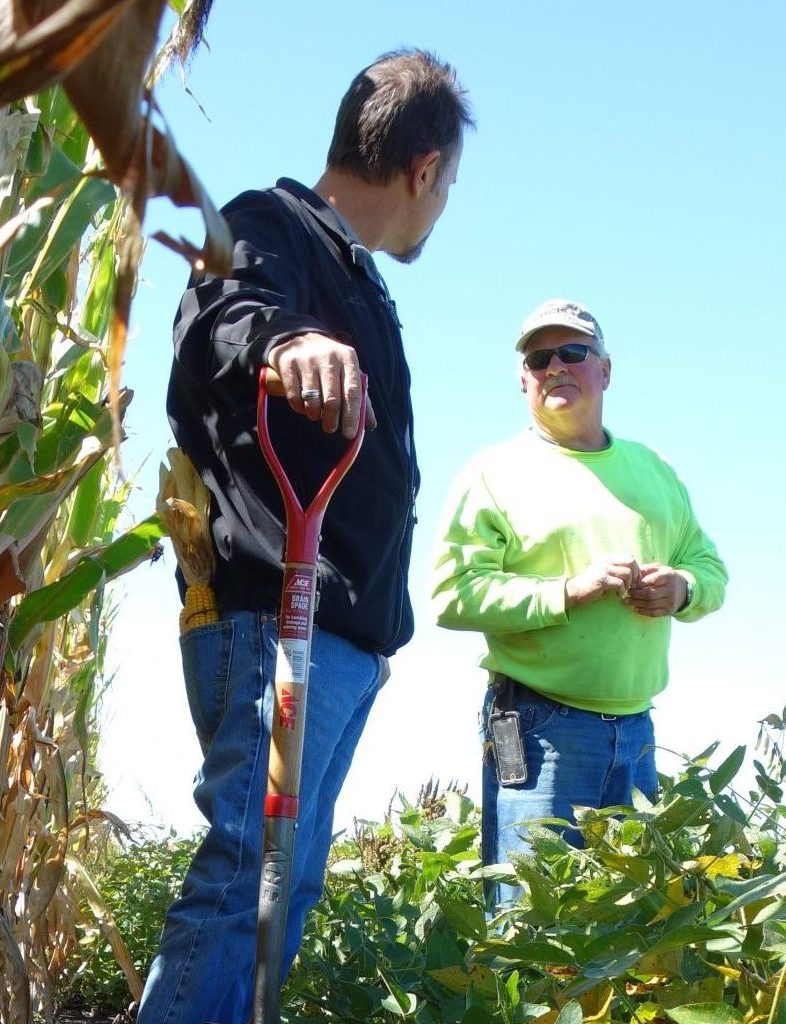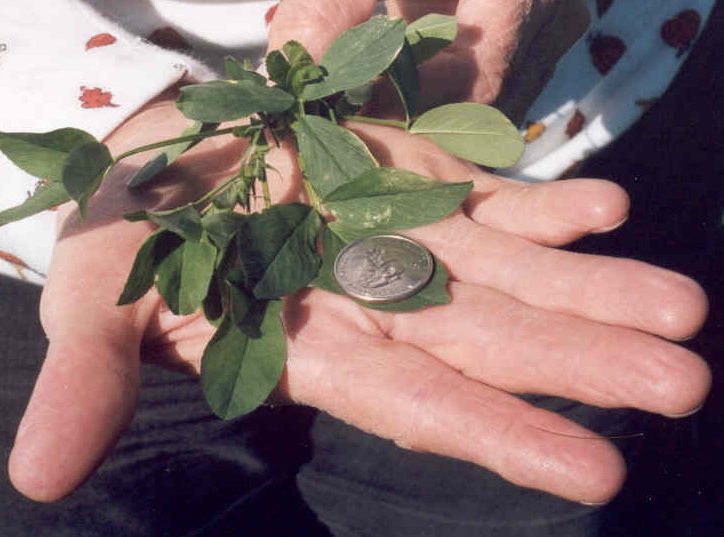SOIL IS THE FOUNDATION.
The soil is a
living organism, a complex network of diverse creatures
Whether you’re a commercial grower or a backyard hobbyist, there are three things that will never lie to you: your soil, plants, and animals. When we are willing to observe their simple truths, we gain a tremendous amount of understanding and a new appreciation for the world around us.
GET STARTED NOW
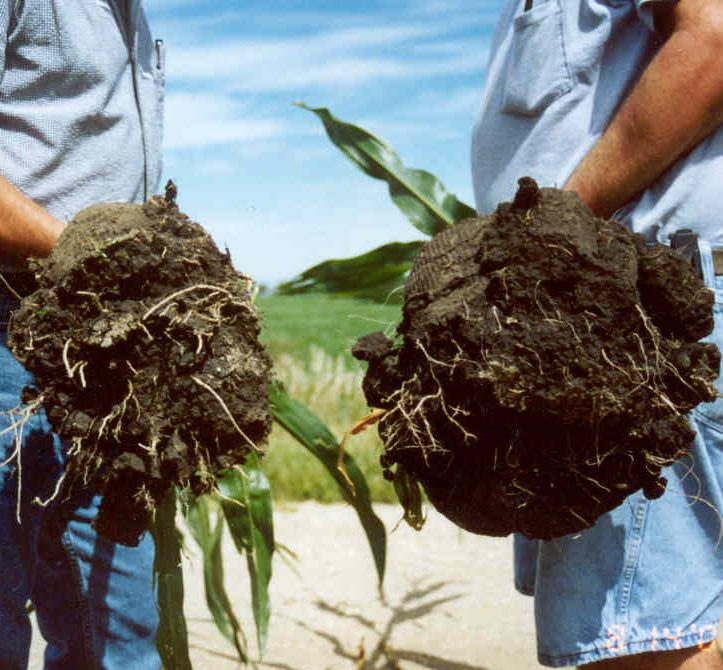
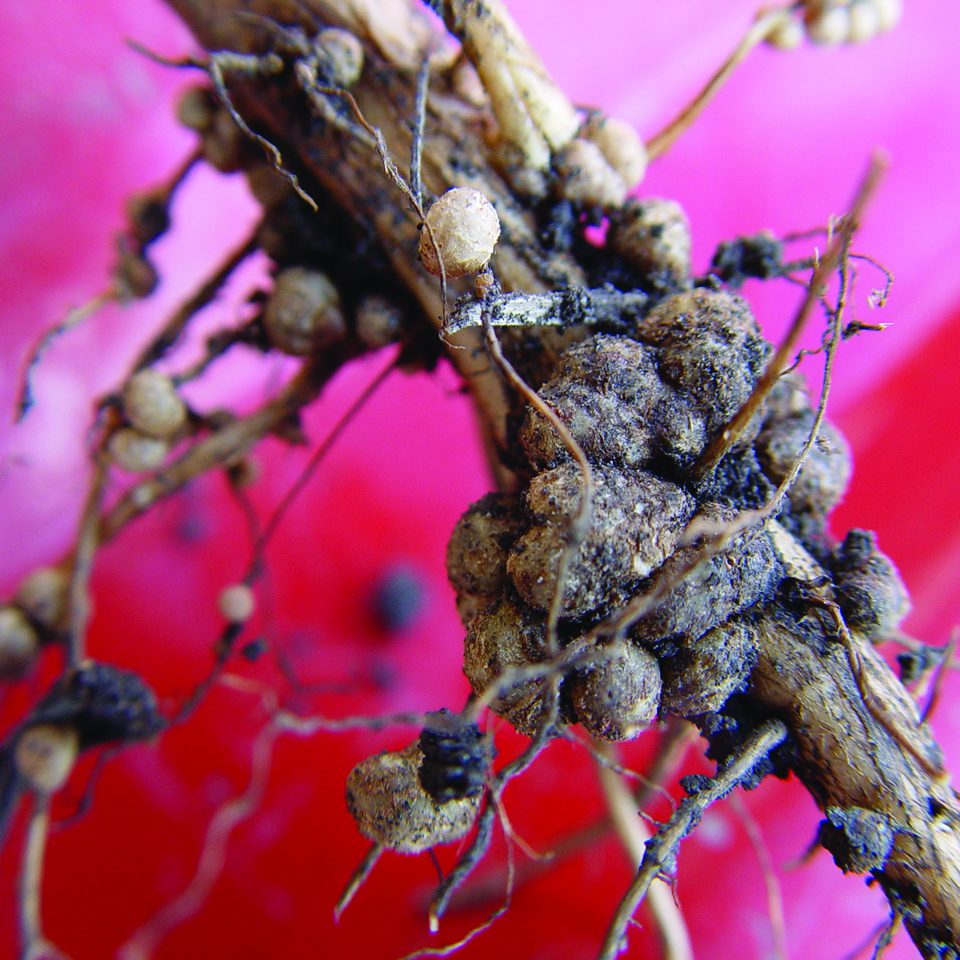
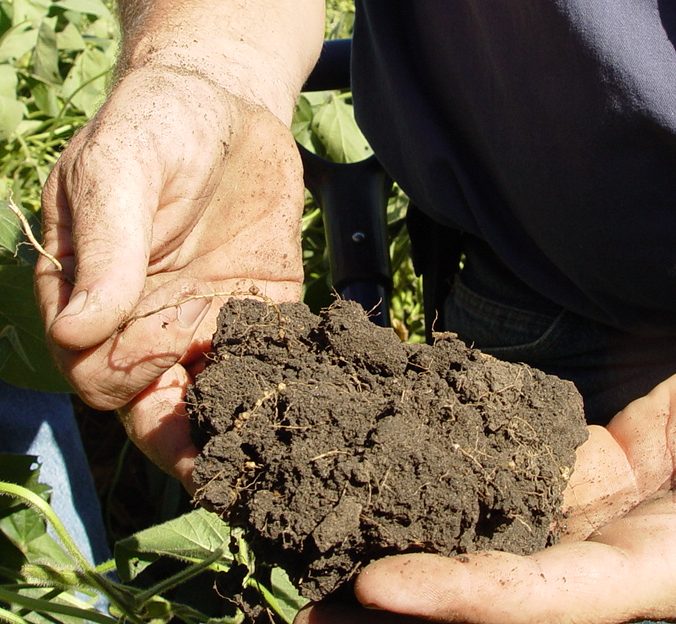
KNOWLEDGE is POWER
The Secret of Success
The soil is a living organism; a complex network of macro- and micronutrients, microbes (bacteria, fungi, nematodes), water, air, and earthworms to only name a few. A healthy and vibrant soil is responsible for providing a suitable environment for capturing and transforming energy to plants, animals and microbes. What is added or subtracted from this complex network has great consequences on the ability of these key players to perform or operate.
A comprehensive description of soil quality includes a diversity of microorganisms. Choosing soil amendments or practices that support this living organism is critical to its survival! Unfortunately, many products on the market today are only concerned with yield…not quality. Because soil quality is so crucial, products should not only feed the plants, but they should also feed the soil.
Soils that are biologically active will contribute to overall plant health, yield, and quality year after year. To feed the plants, we must first feed the soil! Effective application of plant-available, soil nutrients during high demands is essential for optimum crop performance and environmental protection (23, 39).
Our Primary Focus is on Soil Health
Many other factors affect the availability of nutrients already present in your soil.
Know the “key players”
A healthy and vibrant soil is responsible for providing a suitable environment for capturing and transforming energy to plants, animals and microbes. What is added or subtracted from this complex network has great consequences on the ability of these key players to perform or operate.
SOIL pH
Chemistry in action. pH can affect availability of several essential nutrients needed for plant growth. Extremes in soil pH can tie up nutrients or cause toxicities. The key to excellent root growth is a soil pH between 5.8 and 6.4.
COMPACTION
In compacted fields, roots remain shallow and are usually not well anchored. Shallow roots are at greater risk of lodging and drought stress. They are unable to tap into deep-soil nutrient or moisture reserves. Essentially, a compacted soil cannot “breathe”. Thus, gas exchange is very important to soil health.
ORGANIC MATTER
In compacted fields, roots remain shallow and are usually not well anchored. Shallow roots are at greater risk of lodging and drought stress. They are unable to tap into deep-soil nutrient or moisture reserves. Essentially, a compacted soil cannot “breathe”. Thus, gas exchange is very important to soil health.
MICROBES and EARTHWORMS
To maximize results, we MUST recognize the role of living organisms in the soil; we can no longer look at a field as a lifeless storage bin for water and inorganic nutrients (40). Soil is so much more!
LIVING CREATURES, BIG and SMALL
Earthworms act like garden tillers by mixing soil matter and dead, decaying plant material, thus increasing the amount of organic matter in the soil. In fact, earthworm castings are loaded with microbial activity (13).
When one soil component is enhanced, a cascade of effects occurs. Soil bacteria and fungi make use of this new environment created by earthworms. In many cases, an increase in soil fauna can increase nitrogen mineralization by up to 25%. Also, plant biomass (i.e., leaf and root tissue) is increased in the presence of microbes resulting in higher yields (33).
Fertilizer inputs can dramatically affect these communities. High nitrogen inputs found in many conventional production systems can reduce the abundance of soil microbes, whereas organic production systems can enhance biological communities (14). Regardless, the soil will respond to all inputs in some way, however, it is up to us to listen to its needs!
FERTILIZER INPUTS
For example, nitrogen applied in acidifying compounds have direct, adverse effects on soil chemical properties (27, 35) and earthworm populations (20). The use of alternative soil amendments result in a higher quality soil and a greater plant disease suppression (6). Soils in organic production systems lose less nitrogen into water sources than conventional production systems (19).
READ MOREAS STEWARDS
We must understand
the impacts of our agricultural decisions on this important resource.
– Potassium chloride or KCl, commonly applied as 0-060, contains high levels of chlorine (~48%), a great disinfectant! We don’t use it.
– Anhydrous ammonia can adversely affect soil structure, increase soil pH, and dry out soil organic matter. Availability and composition of organic matter are key factors affecting microbial biomass and community composition (3, 11). Our products have the opposite effect.
– Chemical pollutants (i.e. pesticides and heavy metals) have been inflicted on the biosphere at an alarming rate. Unstable nutrients and pesticides can be directly transported into water reservoirs (2, 5, 28). Our nitrogen source is pharmaceutical grade. If it’s good enough for your body, it will be good enough for the soil!
REGENERATIVE AGRICULTURE
We are in the business of
building resilient systems and fertilizer plays an important role
Yes, we are in the business of selling fertilzier, but that’s not why we do business. Agriculture and food production in general are at a crossroads. Intensifying production should not come at a cost of future generations. They must be able to use the land. We are in the business of empowering consientious stewards! That happens through education and a shared commitment. Regenerative agriculture should not be “all or nothing.” We believe it is a spectrum of approaches, but always starts with small steps. We need to find ways to produce food with fewer inputs to sustain production capable of feeding a growing population. At Earthsoils, we are interested in working with you and your goals. More importantly, we understand that this happens through action! Get informed, and own your experiences. To find out more about your greatest asset, your soil, discover the content found at Regen.Ag Academy. Knowledge is power!
GET STARTED NOWWe want to hear from you!
You can call us at (800) 583-7702 or use the contact form below.
CONTACT USReferences
2. Baker, J. L. and H. P. Johnson. 1981. Nitrate-nitrogen in tile drainage as affected by fertilization. J. Environ. Qual. 10: 519-522.
3. Boehm, M. J., T. Wu, A. G. Stone, B. Kraakman, D. A. Iannotti, G. E. Wilson, L. V. Madden, and H.A.J. Hoitink. 1997. Cross-polarized magicangle spinning 13C nuclear magnetic resonance spectroscopic characterization of soil organic matter relative to culturable bacterial species compostion and sustained biological control of Pythium root rot. Appl. Environ. Microbiol. 63: 162-168.
5. Buhler, L. G., G. W. Randall, W. C. Koshinen, and D. L. Wyse. 1993. Atrazine and alachlor losses from subsurface tile drainage of a clay loam soil. J. Environ. Qual. 22: 583-588.
6. Bulluck, L. R. and J. B. Ristaino. 2002. Synthetic and organic amendments affect southern blight, soil microbial communities and yield of processing tomatoes. Phytopath. 92: 181-189.
11. Facelli, J. M. and S.T.A. Pickett. 1991. Plant litter: its dynamics and effects on plant community structure. Bot. Rev. 57: 1-32.
13. Gorbenko, A., N. S. Panikov, and D. V. Zvyaginstsev. 1986. The effect of invertebrates on the growth of soil microorganisms. Mikrobiol. 55: 515-521.
14. Gunapala, N. and K. Scow. 1998. Dynamics of soil microbial biomass and activity in conventional and organic farming systems. Soil Biol. Biochem. 30: 805-816.
20. Lofs-Holmin, A. 1983. Influence of agricultural practices on earthworms (Lumbricidae). Acta Agric. Scand. 33: 225-234.
23. Magdoff, F. 1995. Soil quality and management, pp. 349-364. In M. A. Altieri (ed.) Agroecology: the science of sustainable agriculture, 2nd ed. Westview Press, Boulder, CO.
27. Patriquin, D. G., H. Blaikie, M. J. Patriquin, and C. Yang. 1993. Onfarm measurements of pH, electrical conductivity and nitrate in soil extracts for monitoring coupling and decoupling of nutrient cycles. Bio. Agric. Hort. 9: 231-272.
28. Randall, G. W., D. R. Huggins, M. P. Russelle, D. J. Fuchs, W. W. Nelson, and J. L. Anderson. 1997. Nitrate losses through subsurface tile drainage in conservation reserve program, alfalfa, and row crop systems. J. Environ. Qual. 26: 1240-1247.
33. Singh, H. 1995. Nitrogen mineralization, microbial biomass and crop yield as affected by wheat residue placement and fertilizer in a semi-arid tropical soil with minimum tillage. J. Appl. Ecol. 32: 588-595.
35. Smith, J. and J. W. Doran. 1996. Measurement and use of pH and electrical conductivity for soil quality analysis, pp. 169-185. In J. W. Doran and A. J. Jones (eds.) Methods for assessing soil quality. Soil Sci. Soc. Am. Spec. Publication #49. SSSA, Madison, WI.
39. Wander, M. W., G. L. Walter, T. M. Nissen, G. A. Bollero, S. S. Andres, and D. A. Cavanaugh-Grant. 2002. Soil quality: science and process. Agron. J. 94: 23-32.
40. Willis, H. 1983. The rest of the story–about agriculture today. pp 221. AR Editions, Inc. Madison, Wisconsin.

